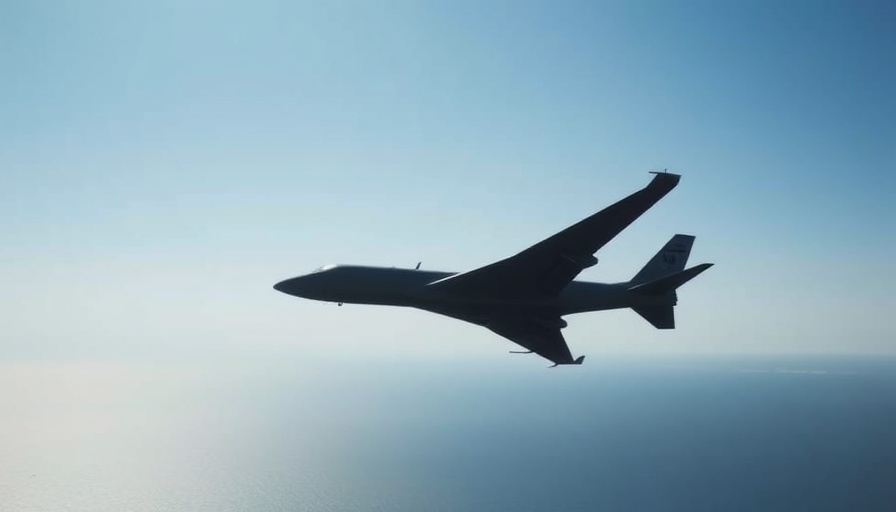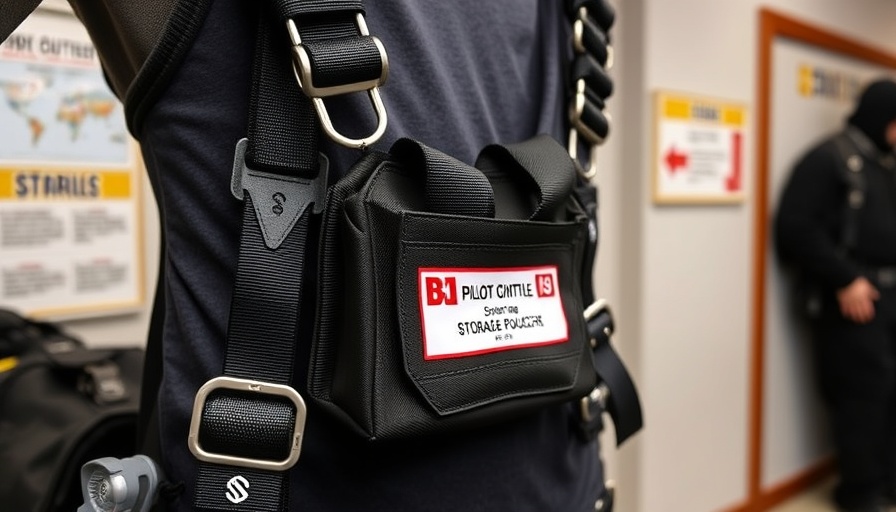
Landing Strategies: A Lesson from VH-EWW at Gold Coast
At Gold Coast Airport, the training flight of VH-EWW brings to light essential aspects of aviation safety and decision-making. On February 6, 2024, a Cessna 172R student pilot, accompanied by their instructor, faced a crucial moment: whether to land as instructed or manage what appeared to be a complicated approach. Their experience underscores a fundamental aviation lesson: if your approach is unstable, opting for a go-around is often the safest course.
The flight highlighted specific challenges faced by student pilots. After executing aerial work and multiple circuits, they began their descent toward Gold Coast Airport—a crucial moment compounded by varying speeds and the presence of larger aircraft. The interaction with air traffic control reveals the complexities of coordinating multiple aircraft within busy airspace, especially when a Boeing 737 was also inbound to runway 32, creating potential delays.
The Importance of Speed in Aviation
In the aviation world, speed management during landing is critical. The controller’s concern regarding the slower speed of the Cessna compared to the Boeing 737 reflects a common situation where light aircraft must be particularly vigilant about their approach speed. Typically, final approach speeds can differ from 20 to 30 knots, requiring pilots to consult their training and instincts to ensure safe landings.
For the flight in question, the speed dictated by the controller to adopt "best speed" for runway 35 introduced additional complexity. The student pilot’s hesitation was understandable—transitioning to a shorter runway with a limited experience base can provoke anxiety. However, the instructor’s reassurance and decision to proceed exemplifies effective pilot instruction and mentorship.
Technical and Environmental Considerations
Gold Coast Airport features two runways, with runway 14/32 being significantly longer than runway 17/35. The instructor's decision to switch approach to runway 35 was further facilitated by environmental factors; a headwind and crosswind from 010° at 15 knots provided advantageous conditions for that shorter runway.
This situation illustrates the necessity for pilots to understand weather influences during their approach. Knowledge about wind components and runway lengths can dramatically impact landing success and safety. Had the instructor not acted promptly, the Cessna’s approach could have led to a hazardous situation not only for the flight in question but also for the incoming Boeing 737.
Safety Protocols and Training Best Practices
The episode serves as a reminder of the importance of adhering to training protocols. The go-around directive is a crucial safety measure that, while easy to overlook, can mean the difference between a safe landing and an accident. Pilots are encouraged to practice go-arounds in training to ensure they are equipped to handle future scenarios where they might not have the luxury of a perfect approach.
As in this case, aviation training is not just about flying; it's about teaching future pilots to recognize when to abandon a landing and fall back on solid decision-making processes. The ability to master these techniques can only come with patient instruction and significant practice.
In conclusion, the flight of VH-EWW at Gold Coast Airport serves as an educational beacon for both new and seasoned pilots alike. It teaches valuable lessons regarding speed management, situational awareness, and the necessity of strict adherence to safety procedures. Understanding these elements is critical in fostering a culture of safety and competence in aviation.
 Add Row
Add Row  Add
Add 




Write A Comment